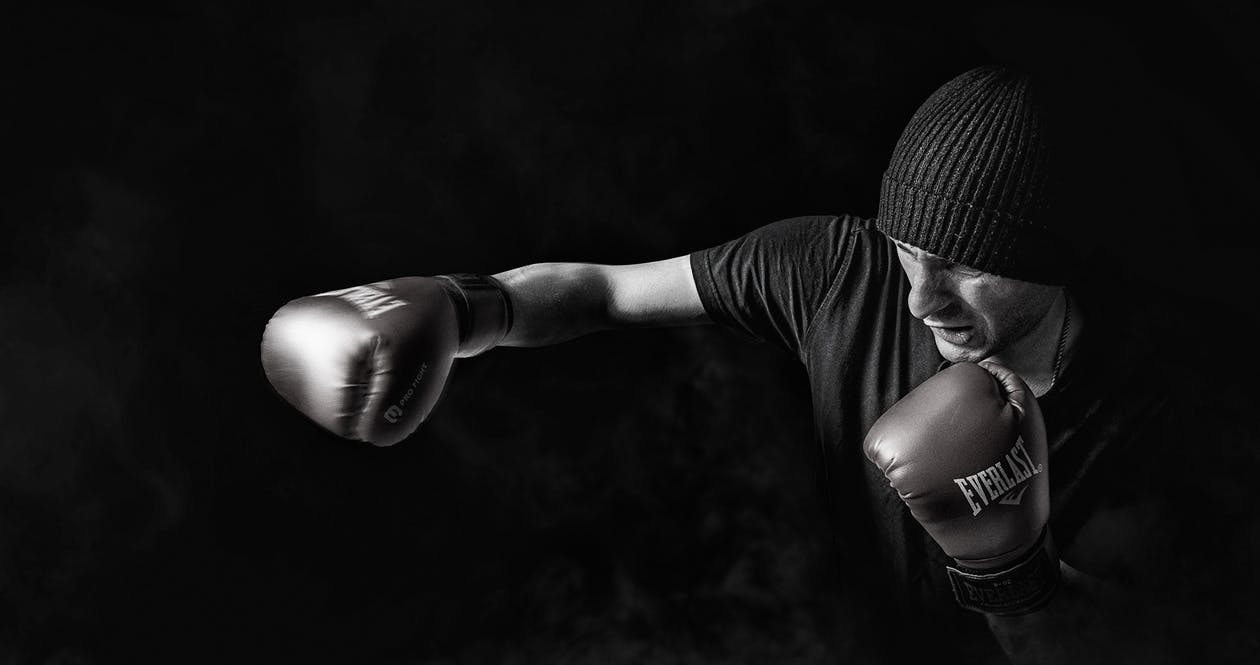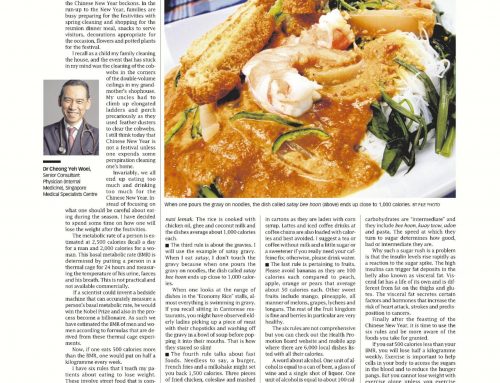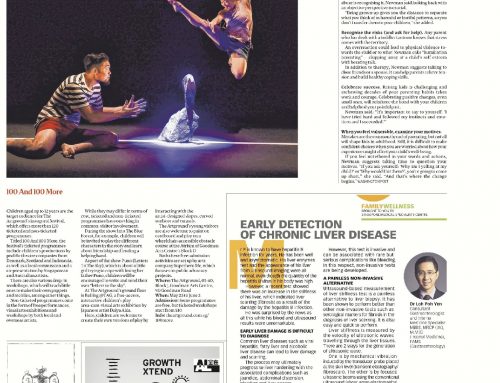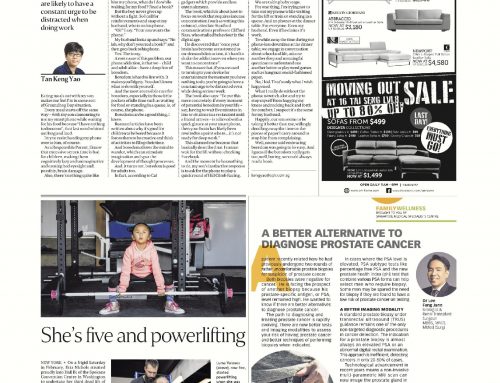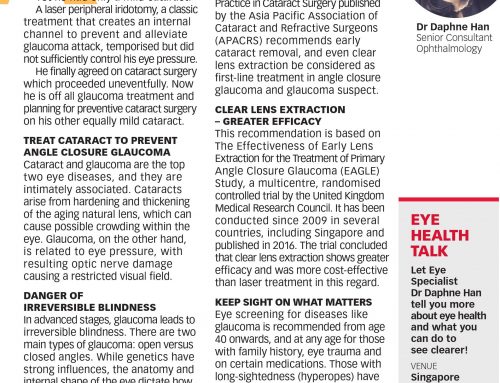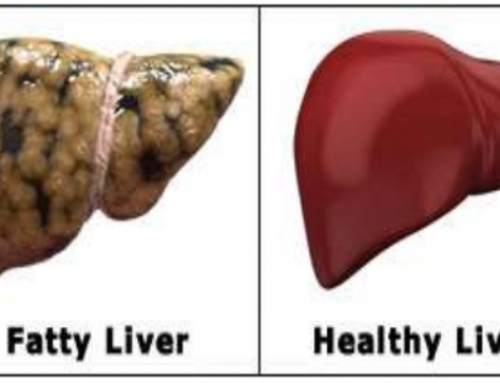This year, the world bids farewell to the sporting phenomenon and the fastest man in the world over 100m and 200m, Usain Bolt. During 15 years of competitive racing, Bolt won 8 Olympic Gold medals and remained injury free. This article looks at how we too can avoid injury and continue to enjoy sports for the long term, as well as discussing common sports specific injuries.
The First Steps
We all have busy schedules and the first step is not only how to exercise right, but when to fit in the exercises. Initially, small adjustments are the key and with a little determination and discipline, lifestyle changes can become a regular habit. Setting realistic and achievable goals that fit in with your routine is important – for example, as a busy surgeon, I began to walk up and down flights of stairs on my ward rounds, instead of taking the lift.
If you are new to exercise, then enlisting the services of a personal trainer is a worthwhile investment – to learn the correct exercise techniques and for motivation. Group classes or activities such as martial arts/Crossfit can be more fun than working out solo and also foster a sense of community and teamwork.
Set a short-term goal e.g. losing a kilo, going down a belt size, or visiting the gym 12 times in a month. Set yourself a reward for achieving your goal to keep yourself going. Don’t forget to keep revising your goals and switch your exercise routines around every few months to avoid boredom.
Nutrition
Three years ago, I moved to Singapore from London. I was unable to resist the local culinary delights and put on 5 kg in 6 months. In a gastronomical paradise like Singapore, it’s difficult but important to resist that extra helping. Ideally, you should aim to eat six portions of fruit or vegetables per day. Drinking six glasses of water a day will help you eliminate toxins and reduce fatigue, especially during exercises. Reducing or cutting alcohol intake completely will drastically improve your chances of weight loss.
Avoiding Injury
Warming up prior to exercise is an important way to reduce injury. 5-10 minutes of gentle exercise such as skipping, rowing or running followed by gentle stretching will improve muscle blood flow and increase flexibility, reducing the risk of a sprained or pulled muscle.
The use of protective equipment e.g. helmets/headgear is important to prevent damage in certain sports, especially high impact contact sports such as martial arts or rugby. Wearing the correct and well-fitted footwear can help prevent ankle sprains and ligament injury.
It is important to learn the right techniques when performing your chosen sport. If you’re starting a new activity, enlist the services of an instructor to guide you on the activity. At the gym be sure to ask the trainers to teach you how to use the equipment safely and effectively.
Listen to your body, and don’t overdo it. If you haven’t exercised in a long time, it’s important to build up your strength and stamina over time. It can be tough at the beginning but persist and after a few weeks, you will notice a great difference. Keep yourself hydrated and don’t forget to cool down and stretch at the end of the session.
Running
Pain along the inside of the knee, heel, and sole of the foot (medial tibial stress syndrome, Achilles tendinopathy, and plantar fasciitis) are the most common injuries to afflict runners. If you are getting pain whilst running, don’t run through the pain. Consider seeing a sports injury specialist to assess your leg length, limb alignment and foot arches, all factors which can contribute to injury.
Cycling
Wearing a helmet and being visible to vehicles on the road is vital for safety when cycling. Plan the time of your ride and route to avoid heavy traffic. Lower back pain can result from the prolonged flexed position when cycling. This can also be the result of overreaching if the cycle frame is too large, or a hunched posture if the frame is too small. Pain on the outside of your knee may be caused by irritation of the iliotibial band which runs from your hip to knee. Incorrect saddle height and in-toeing during cycling can also exacerbate this condition known as iliotibial band syndrome. Consider seeing a physiotherapist if you are having these problems, and have a cycling professional look at your bike set up.
Football
I commonly see and operate on footballers of all ages suffering from meniscal, ligamentous and cartilaginous injuries of the knee, as well as hip and ankle injuries. It is important to see a Sports Specialist if your joints are locking, giving way or causing you a lot of pain. Continuing to play may worsen a pre-existing injury. Prevention is better than cure, and FIFA has developed a warm up programme called ‘The 11’ which consists of a set of exercises which have been proven to reduce injury rates in footballers.
Head Injury and Concussion
In my other capacity as a Ringside and Pitchside Doctor, I see many head injuries in impact sports such as Rugby and Martial Arts. These may result in a concussion. Symptoms of a concussion are often unrecognized and may include confusion, loss of balance and coordination, and changes in behavior. Athletes suspected of a concussion should be immediately removed from play and should be not be left alone for more than 24-48 hours in case of symptoms deteriorate. They should undergo an early assessment with a Concussion trained medical professional. CT brain scans are often performed but a normal CT does not exclude concussion, only a potentially more severe brain injury. It is important not to go back to sport too early after a concussion – athletes should be medically cleared and then follow a stepwise supervised program of return to sports. The Singapore Rugby Union runs courses for those with no medical background, and also for healthcare professionals, in how to manage injured athletes.
Health Screening
If you are new to exercise and have any medical problems or a family history of disease such as diabetes/heart disease, it is recommended undergoing a health screen. This may be particularly helpful for those training for triathlon, marathon or more extreme events.
Dr Alan Cheung is a Consultant Orthopaedic Surgeon at Singapore Medical Specialists Centre. He is a specialist in Sports Injury and Robotic Adult Joint Reconstruction.

